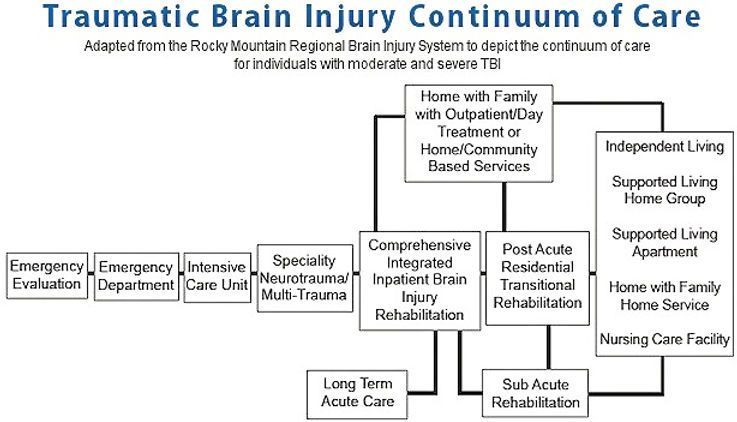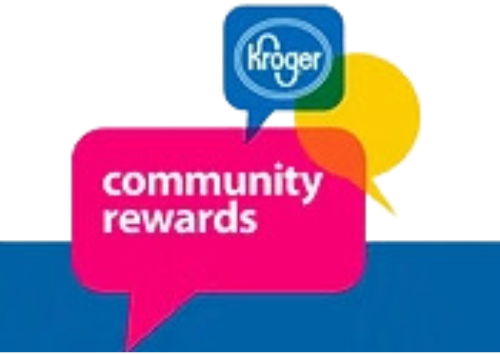How We Can Help: Useful Resources
"A brain and/or spinal cord injury can last a lifetime,
but it doesn’t have to cost a lifetime."
-Anonymous Brain Injury Survivor
Where do I go? What do I do? What happens next?
Our staff strives to provide support, information, resources and referrals to survivors, family members, caregivers and professionals. Because each situation is different, each call is handled differently. We personalize each call to assure you are receiving the best and most pertinent information we have available. If we don't know the answer or can't help you deal with what you are going through, we will find someone who does and can. BIAMS/USAMS has a resource center that houses informational pamphlets, workbooks, brochures, and books. These materials are available to anyone at no charge. We personalize each packet of information that is sent out from our office.
Some of the topics available to assist survivors and/or caregivers include:
- Adult Day Centers
- General Brain/Spinal Cord Injury
- Pediatric Brain/Spinal Cord Injury
- Coping Strategies and Support
- Education
- Fall Prevention in Senior Adults
- Occupational Therapists
- Medical Professionals
- Rehabilitation
- Spinal Cord Injury
- Stroke
- Support Groups
- Transportation
- Veteran Assistance
- Vocational Rehab Assistance
TBI Continuum of Care - After Leaving the Hospital
The diagram below depicts brain injury treatment in an orderly progression from trauma care to community integration. But very little about brain injury is orderly. Individuals who sustain brain injuries may enter, exit and re-enter treatment at any point along the continuum. Treatment may be needed continuously or on an intermittent basis throughout the individual's lifespan.

Additional Resources:
- Alternative Therapies for TBI
- Tips for Improving Fine Motor Skills
- Head Injuries May Raise Chances of Risky Behavior by Teens
- 10 Ways You Can Help Your Loved One Cope With Their Traumatic Brain Injury
- Couples' Relationships after Traumatic Brain Injury


